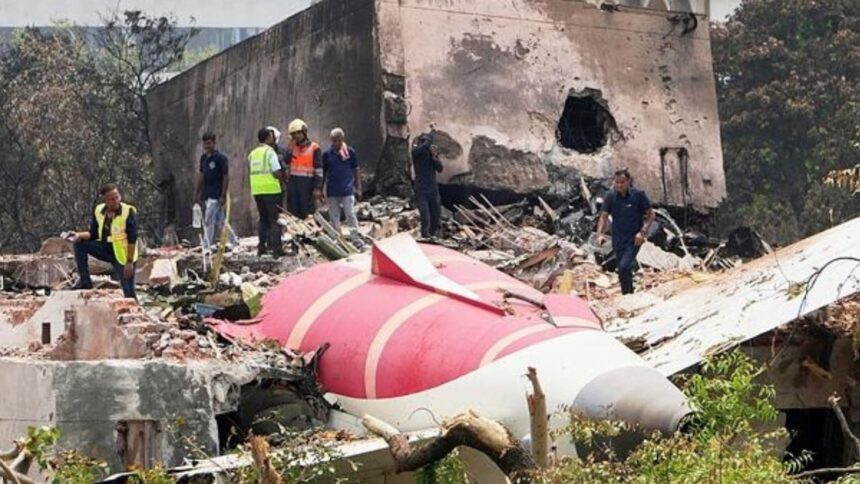As authorities begin handing over the remains of those killed in Thursday’s Air India crash in Ahmedabad, not all identifications will require DNA testing, Dr Sudhir Gupta, head of the forensic medicine department at AIIMS, New Delhi, told The Indian Express.
Gupta, who has worked on several mass casualty events—including the 1996 mid-air collision near Charkhi Dadri that killed all 349 people on board both planes and the 1997 Uphaar cinema fire tragedy, both of which involved the identification of charred bodies—explained that when there is a verified list of passengers, it is often possible to identify victims using physical evidence alone.
“In cases such as these, usually a photographic chart, with details of the passengers and their seat numbers is prepared. All of this is well documented. While people may have changed seats and many would have been unseated, it is still possible to identify the person using bone records alone,” he told this newspaper.
Dr Gupta said that even when bodies are charred, bones often remain intact. Simple X-rays of the wrist, hand, or pubic bone can help determine age, gender, and height. “Around 30% of the bodies may be completely burnt in such incidents, but teeth are hardy and are likely to survive an air crash. A person may be identified on the basis of whether they had fillings, capping, or implants,” he added
He explained that physical features allow for quicker identification than DNA testing. “We do not want families who are already grieving to wait longer than necessary. DNA is used only in cases where there is doubt—or in scenarios like building fires where we don’t know who was present,” said Dr Gupta.
However, he added that for the sake of dignity, authorities may still opt for DNA matching in all cases, particularly when bodies are disfigured. “In aviation crashes, especially mid-air collisions, full bodies are often not recoverable. Whatever is recovered is handed to the family for last rites, along with a death certificate,” he said.
As mentioned by Gupta, DNA profiling is underway to ascertain the identities of only those dead bodies which were charred beyond recognition. For instance, at least eight victims—whose bodies were not severely damaged—were identified visually by relatives and already handed over.
By Saturday, identities of 19 of the 241 passengers who died on the AI 171 Dreamliner on June 12, were confirmed by matching DNA samples.
Minister of State for Home Harsh Sanghavi said on X that until 9 pm Saturday, 19 DNA samples have been matched so far, confirming the identities of victims. “State Forensic Science Laboratory (FSL) unit team and National Forensic Sciences University (NFSU) team are working through the night to match more DNA samples,” he said in the post.
Roughly 270 bodies were brought to the hospital from the crash site. The London-bound Air India flight crashed into a medical college hostel complex shortly after takeoff from airport, killing 241 of the 242 people on board. One passenger survived.
On Thursday night, Home Minister has told journalists that the intense heat from 1.25 lakh litres of burning jet fuel left “no chance of saving lives”
Her stories have resulted in the city government investing in high-end tests for the poor and acknowledging errors in their official reports.
Dutt also takes a keen interest in the country’s space programme and has written on key missions like Chandrayaan 2 and 3, Aditya L1, and Gaganyaan.
She was among the first batch of eleven media fellows with RBM Partnership to End Malaria. She was also selected to participate in the short-term programme on early childhood reporting at Columbia University’s Dart Centre. Dutt has a Bachelor’s Degree from the Symbiosis Institute of Media and Communication, Pune and a PG Diploma from the Asian College of Journalism, Chennai. She started her reporting career with the Hindustan Times.
When not at work, she tries to appease the Duolingo owl with her French skills and sometimes takes to the dance floor.








